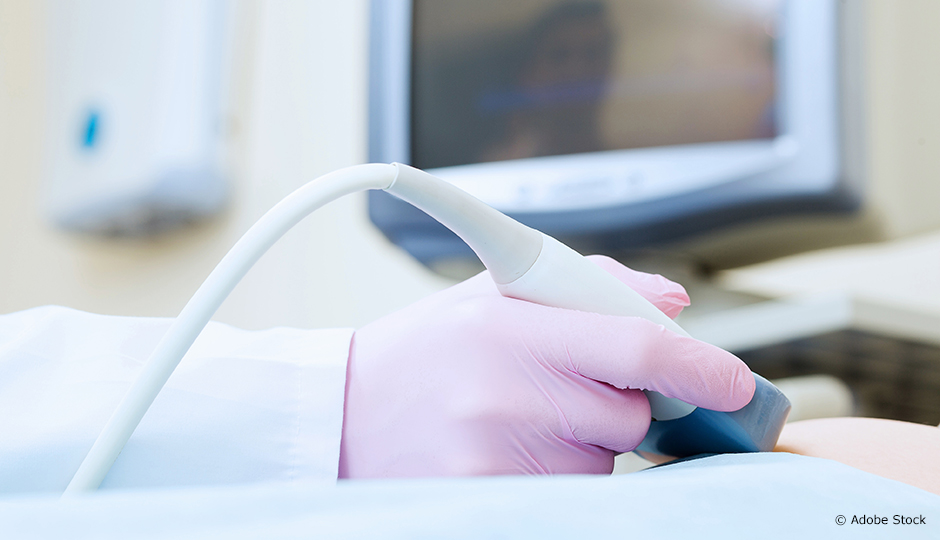It is estimated that one out of four Canadians could be affected by liver disease. Viruses, toxins, the use of alcohol, lifestyle and genetic factors and even unknown causes can weaken the organ, which metabolizes nutrients and cleans the blood. Linked to poor diet and obesity, non-alcoholic fatty liver disease is the most common liver disorder and impacts seven million Canadians (source: Canadian Liver Foundation). A biopsy is often required to assess the severity of a liver disorder. It is a difficult intervention for patients, who may experience pain and bleeding complications. An Tang, professor in the Department of Radiology, Radiation Oncology and Nuclear Medicine at Université de Montréal and researcher at the CRCHUM, has come up with a non-invasive alternative: biomarker imagery analysis.
Professor Tang is exploring new techniques to detect liver inflammation using ultrasound.
The liver suffers in silence but internal biological changes such as fat and iron accumulation, inflammation, damage and extensive fibrosis (scarring) reveal the organ’s health. As part of a group of international experts, Dr. Tang contributed to a meta-analysis of liver fat using magnetic resonance imaging (MRI). A member of the CHUM and McGill University Health Centre hepatology team, he is currently working to assess the diagnostic performance of elastography methods to measure liver tissue elasticity based on the stages of fibrosis. The principle: a normal liver is relatively soft while one affected by fibrosis is firmer.
Working with an animal model and a cohort of patients waitlisted for a biopsy, Professor Tang is exploring new techniques to detect liver inflammation using ultrasound in collaboration with CRCHUM engineer Guy Cloutier and CHUM physicist Guillaume Gilbert.
An Tang believes that imaging is the way forward to reduce the number of biopsies. He suggests the use of ultrasound as a first-line treatment to detect certain signs of hepatic disorders in order to identify the patients who require further testing and are good candidates for an MRI rather than a biopsy.




